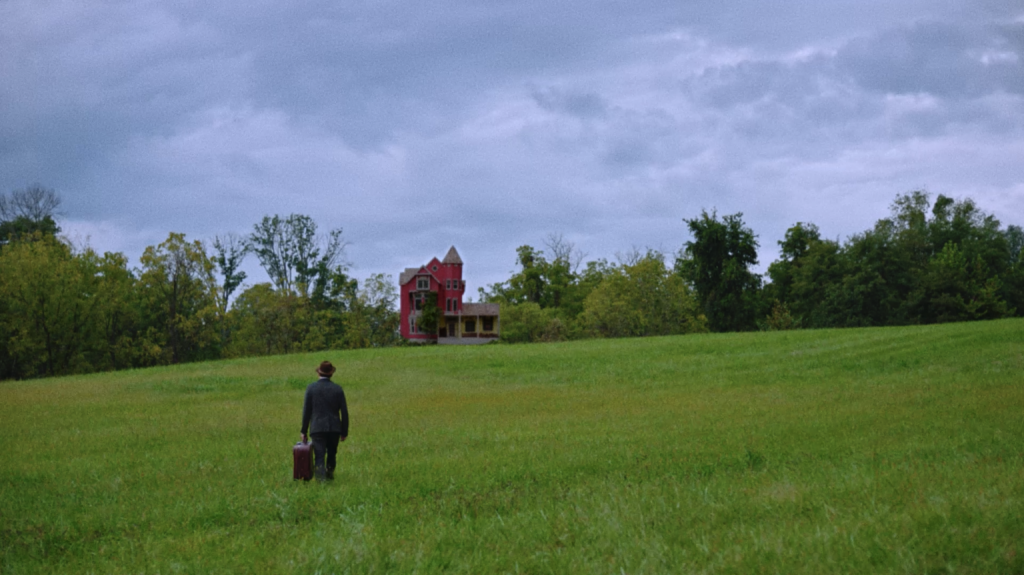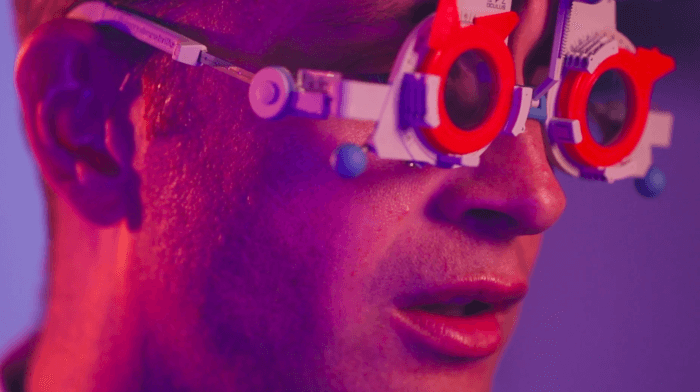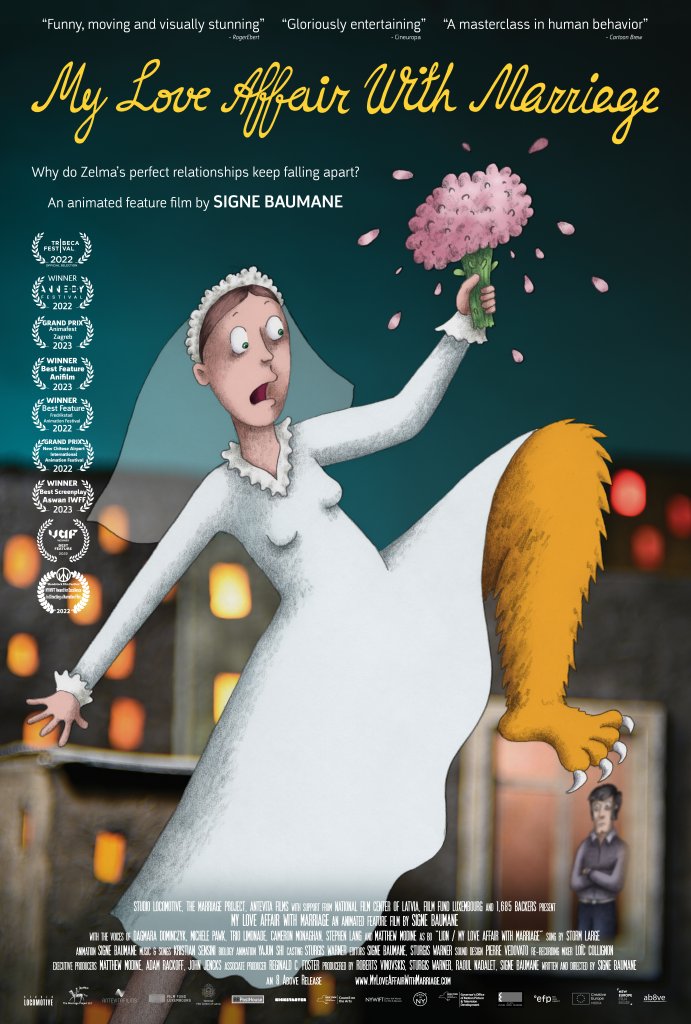Interview with filmmaker Shelby Hadden about Tightly Wound
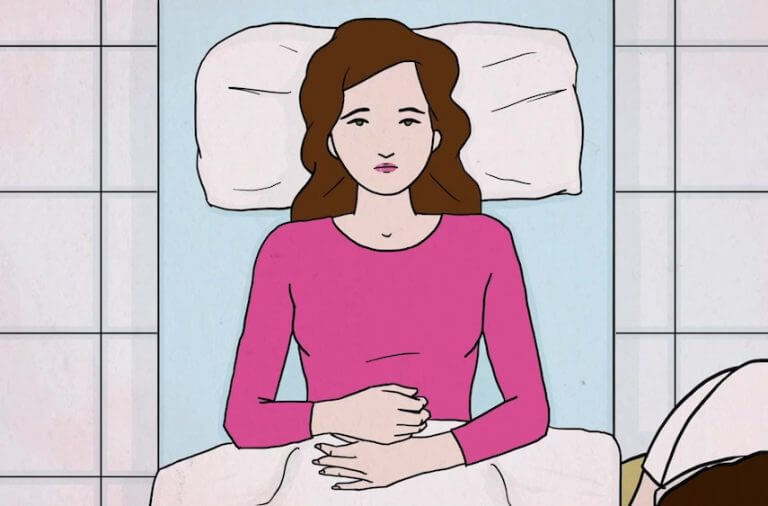
Some problems are just too hard to talk about with others, but keeping quiet can also prevent people from getting help or becoming aware of the world around them. Filmmaking, and animation in particular, can offer a visual language that helps breakdown these barriers of communication. “Tightly Wound” uses a smart and creative animation to discuss a sensitive topic, vaginismus, which causes a woman to endure a plethora of unhelpful medical treatments. As if that were not enough, it causes her problems with starting new relationships. But there is hope in creating a dialogue. We interviewed the director, Shelby Hadden, on her inspirations and film production experience behind the scenes below.
What inspired you to tell your story?
I didn’t consider telling my own story until I was in a really bad place about where I was with pelvic floor physical therapy and dating. I felt like I was working so hard to overcome my vaginismus (I was going to physical therapy once a week and doing exercises on my own every day) but since I couldn’t have sex right away, no one would date me! I felt so alone and frustrated and helpless…so I realized the only way I’d feel like I had any control over my situation was if I created something from it. I wanted to share my story to raise awareness as well as allow all those struggling with vaginismus or pelvic floor dysfunction to see their experiences reflected back to them.

What inspired you to animate your film? What influenced the art style?
I’d been wanting to make a film about vaginismus for a few years but couldn’t figure out how to make a traditional documentary about it. So many of the physical and emotional experiences around pelvic pain are are inherently…internal, and not very visual. 2D animation allows for a more figurative representation of these experiences as well as provides a safe distance for audiences who are uncomfortable with the subject matter.
Where can people learn more about vaginismus and chronic pelvic pain?
There are some great blogs and books out there. (Blogs: Dr. Susie Gronski, Pelvic Health & Rehabilitation Center, Books: Sex Without Pain: A Self-Treatment Guide To The Sex Life You Deserve by Heather Jeffcoat, Pelvic Pain Explained: What You Need to Know by Stephanie Prendergast, Heal Pelvic Pain by Amy Stein). Isa Herrera also does webinars and online classes. I have resources on the film’s website.
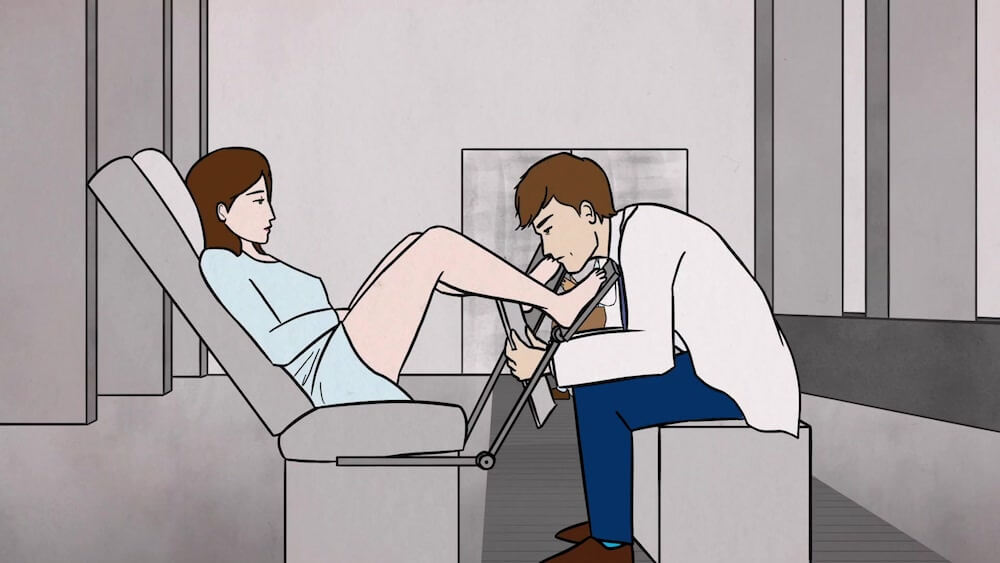
Was it difficult or therapeutic, or somehow both, revealing a story like this to the world?
It was both. It’s hard sometimes telling your own story and putting yourself out there constantly… deciding on how much to share and what to share and how to share it… and people feel entitled to more information than you’ve provided and they have a lot of opinions on how you should live your life. BUT I think writing the essay, making this film, talking about my experiences, and helping others has been instrumental in my healing journey. I think it gave me a lot of confidence and hope in my physical and emotional progress.
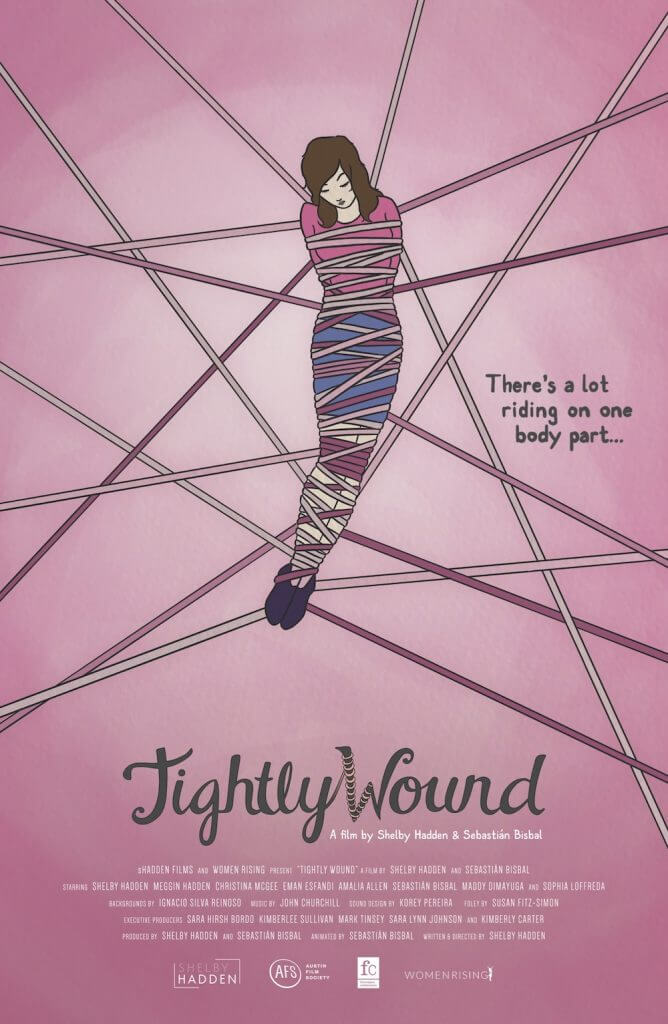
Since this started on Kickstarter, what was it like fundraising for this film?
We’ve been lucky to get so much support from the medical community. Doctors and physical therapists really stepped up. They saw the value and importance of having this story out in the world. And we’ve also been backed by a lot of people who struggle with vaginismus and other pelvic floor conditions. Making this film has felt like a team effort. It gets lonely making an indie film, but it meant the world to know so many people believed in the project.
What are some future projects you are working on?
Sebastian and I would really love to make two more animated shorts based on essays I wrote about my experiences related to vaginismus. One of them was recently published in Thought Catalogue.



